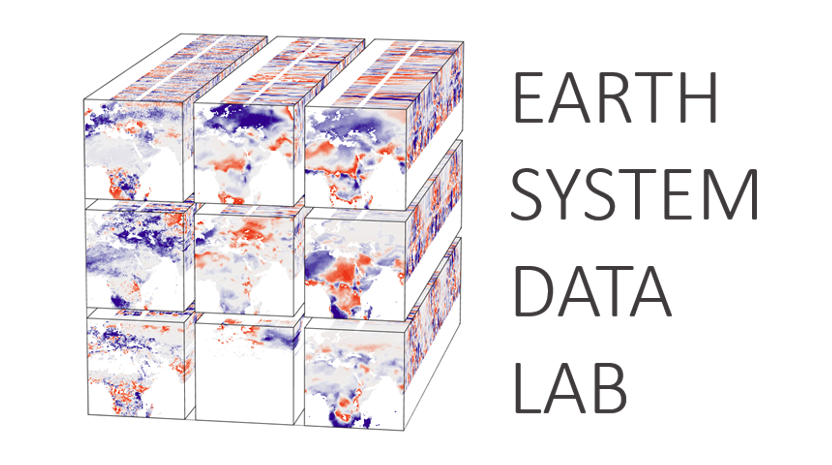Deep Earth System Data Laboratory, a platform providing analysis-ready data cubes in a powerful virtual environment for the Earth Science research community. DeepESDL offers a full suite of services to facilitate data exploitation, share data and source code, and publish results. Special emphasis is placed on supporting machine learning and artificial intelligence approaches, including preparation of AI-ready datasets, integrated programming environments, and scalable processing resources.
Appearance
